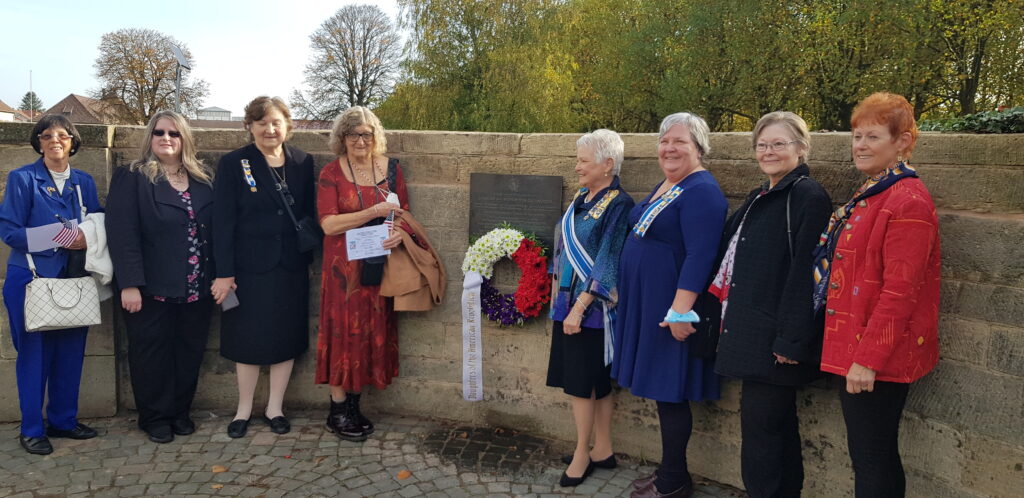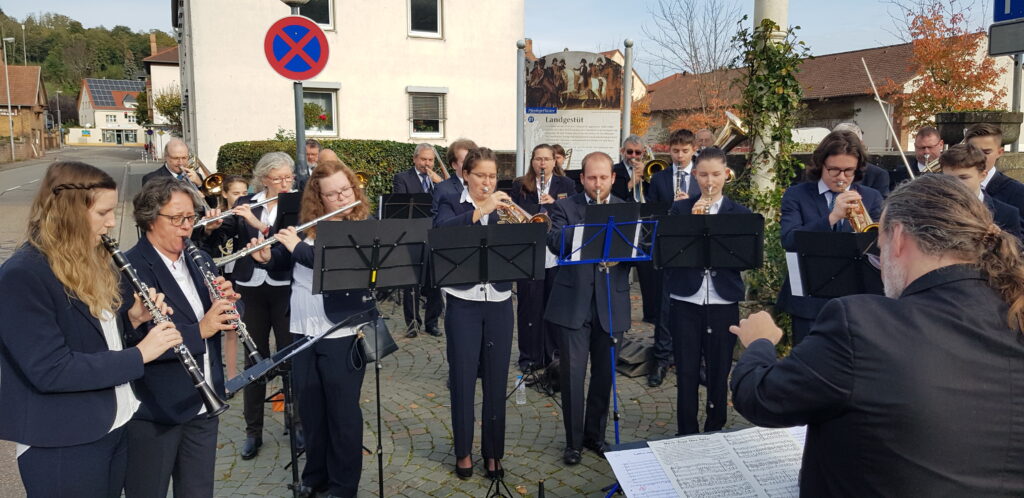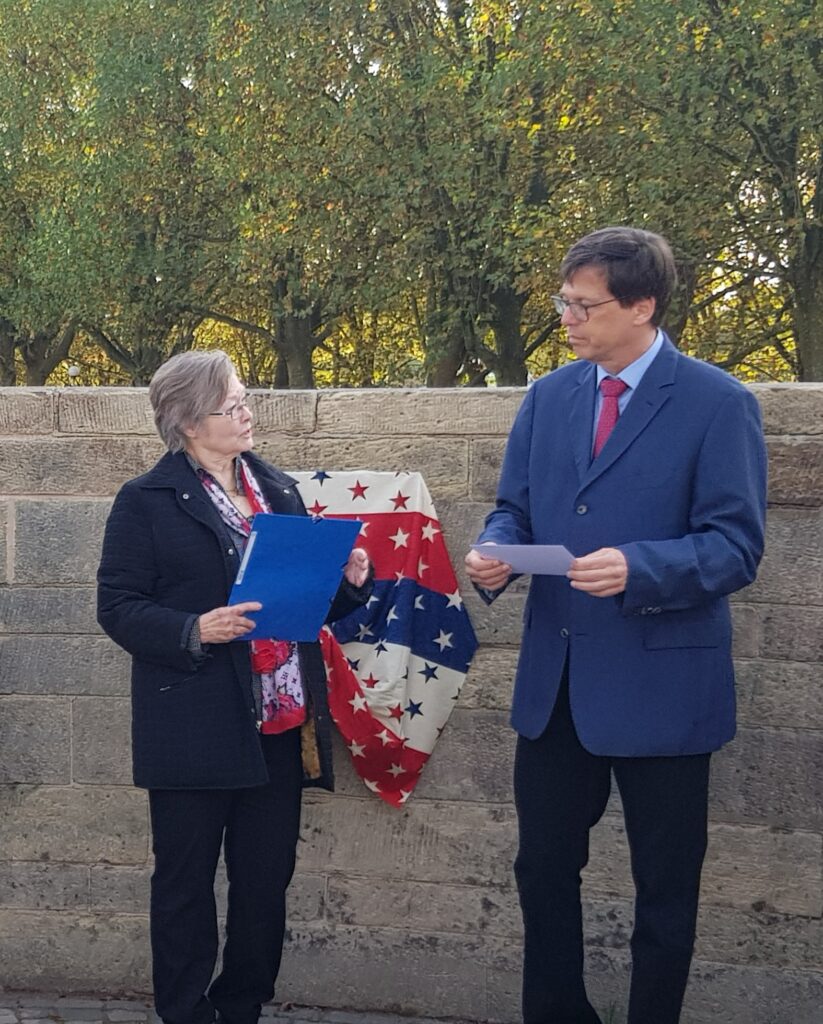
John Peter Zenger (Source: Prabook)
Why Was John Peter Zenger Important in Early America?
John Peter Zenger (1697-1746) was a German printer and journalist in New York City. He began printing a newspaper called The New York Weekly Journal in 1773. He was famous for printing opinions that were critical of the New York governor, William Cosby, who arrested Zenger in 1734 and charged him with libel in 1735. Defended by two famous lawyers at his trial, Zenger’s plea established that a statement, even if defamatory, is not libelous if it can be proven true. Thus an important groundwork was laid for freedom of the press that later influenced the creation of the First Amendment.
Early Life
Zenger was the son of German immigrants from the Palatinate. The family moved to New York in 1710 as part of a large group of Palatinates, who were guaranteed apprenticeships by the governor of New York. After the death of his father, John Peter Zenger was bound for eight years as an apprentice to William Bradford, the first printer in New York. He worked as an employee in several printing jobs before founding his own newspaper in 1773. He married twice and had six surviving children with his second wife, who also was instrumental in running his printing business during the time of Zenger’s incarceration in 1734.

The New York Weekly Journal (Source: Cowan’s Auctions)
The Libel Case
William Cosby, the governor of New York, had a vicious quarrel with the colony’s supreme court regarding the amount of his salary. The court ruled against Cosby, so Cosby removed the Chief Justice, Lewis Morris, from office and replaced him with a royalist justice named James Delaney. Supported by members of the Populist Party, Zenger’s newspaper published articles that were critical of the governor’s actions. Cosby called the claims ‘virulent, false and seditious reflections’ (wikipedia) and charged Zenger with libel.

Andrew Hamilton Defending John Peter Zenger at his Trial (Source: Alamy)
Zenger’s first counsel was found to be in contempt of court and removed. After eight months in jail, Zenger finally went to trial with two new defenders, Philadelphia lawyer Andrew Hamilton (later designer of Independence Hall) and New York lawyer William Smith, Sr. Hamilton and Smith made the argument that a statement, even if defamatory, is not libelous if it can be proven true. This is important because, at the time, any information opposed to the government was considered to be a crime.
The judge ordered the jury to convict Zenger, but after only ten minutes they came back with a ‘not guilty’ verdict. Cheers filled the room (history.org), and afterwards newspaper publishers felt freer to print their honest views. As the American Revolution approached, this freedom would become ever more vital.

From the Trial of John Peter Zenger (Source: ZVAB)
Truth Cannot Be Libelous
Governor Morris, a major figure at the Constitutional Convention of 1787, later described the Zenger trial as the ‘germ of American freedom, the morning star of that liberty which subsequently revolutionized America’ (Middle Tennessee State University). Zenger’s victory established that truthful information cannot be libelous. This concept was later incorporated into the law of New York and other states and influenced the eventual creation of the First Amendment to the United States Constitution.
Sources:
mtsu.edu (Middle Tennessee State University, John Vile, 2009)



























